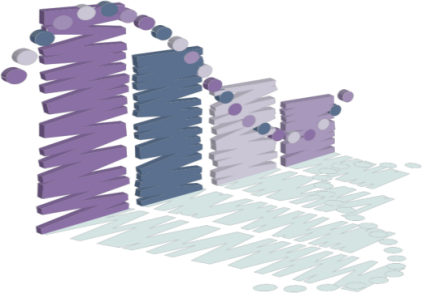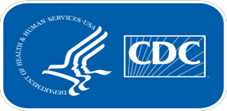Attachment H - List of Var for EHR Ext of ED Visits 010616
Attachment H - List of Var for EHR Ext of ED Visits 010616.docx
National Hospital Care Survey
Attachment H - List of Var for EHR Ext of ED Visits 010616
OMB: 0920-0212
Attachment H: List of Variables for EHR Extraction of Emergency Department Visits

National Hospital Care Survey:
Variables for Emergency Department Visits

Your hospital can participate in the National Hospital Care Survey by submitting electronic health record (EHR) information in one of two ways:
A standardized minimum data set of Patient Encounter-Based data such as ONE of the following:
Continuity of Care Document (CCD)
Transition of Care Summary
Discharge Summary
OR:
Data extracted from your hospital’s EHR or data repository consisting of:
Needed data elements related to a patient visit
A small set of Patient Encounter-Based personal identifiable information (PHI)
If available, “Like to Have” data elements related to a patient visit
Data Elements extracted from your organization’s EHR or data repository
Needed data elements related to a patient visit:
Date of birth
Sex
Dates and times of arrival, seen by provider and departure
Encounter number
All diagnoses including E codes and V codes
All reason(s) for visit and/or Chief Complaint
Clinician notes (e.g., physicians’, nurses’, P.A.s’ and N.P.s’ notes)
Disposition (e.g., released or transferred from ED, admitted to observation unit, admitted to hospital)
Provided or Ordered during the visit:
Diagnostic testing (e.g., lab, imaging, EKG, audiometry, biopsy)
Therapeutic procedures, including surgery, and non-medication treatments (e.g. physical therapy, speech therapy, home health care)
Results of testing or procedures provided or ordered during the visit, as many as are available
Medications and immunizations given in ED or at discharge
Was patient triaged and if so, triage level
Mode of arrival (e.g., ambulance, either air or ground; walk-in, including car, taxi, bus, or foot; public services such as police car or social service vehicle; unknown)
Active problems the patient has at the time of the visit
PHI:
Name
Address including zip code
SSN and Medicare number
Patient’s medical record number
“Like to Have” data elements related to a patient visit IF they are readily obtainable:
NPIs of physicians
Race
Ethnicity
Source(s) of payment
Was patient transferred from another hospital or urgent care facility
Vital signs on arrival and last taken (temperature, pulse, respiratory rate, blood pressure, pulse oximetry)
Pain level
Has patient been seen in this ED within last 72 hours and discharged
Initial or follow-up visit
Health care providers seen:
Emergency department providers (e.g., Attending, resident, intern, N.P., P.A.)
Consulting physician(s) and specialties
Other health care providers (e.g., nurse, mental health provider, social worker)
If admitted to observation unit
Dates and times (ED discharge, observation unit discharge)
Date and time bed requested for hospital admission
If admitted to hospital
Specialty of admitting physician (e.g., hospitalist, general surgeon)
Type of unit admitted to
Hospital discharge date
Hospital discharge diagnosis
Hospital discharge disposition
 For
More Information contact:
For
More Information contact:
Dr. Carol DeFrances, Branch Chief, Ambulatory and Hospital Care Statistics Branch
301–458–4440 or [email protected]
Or visit the National Hospital Care Survey website: http://www.cdc.gov/nchs/nhcs.htm.
Page
| File Type | application/vnd.openxmlformats-officedocument.wordprocessingml.document |
| Author | CDC User |
| File Modified | 0000-00-00 |
| File Created | 2021-01-24 |
© 2025 OMB.report | Privacy Policy